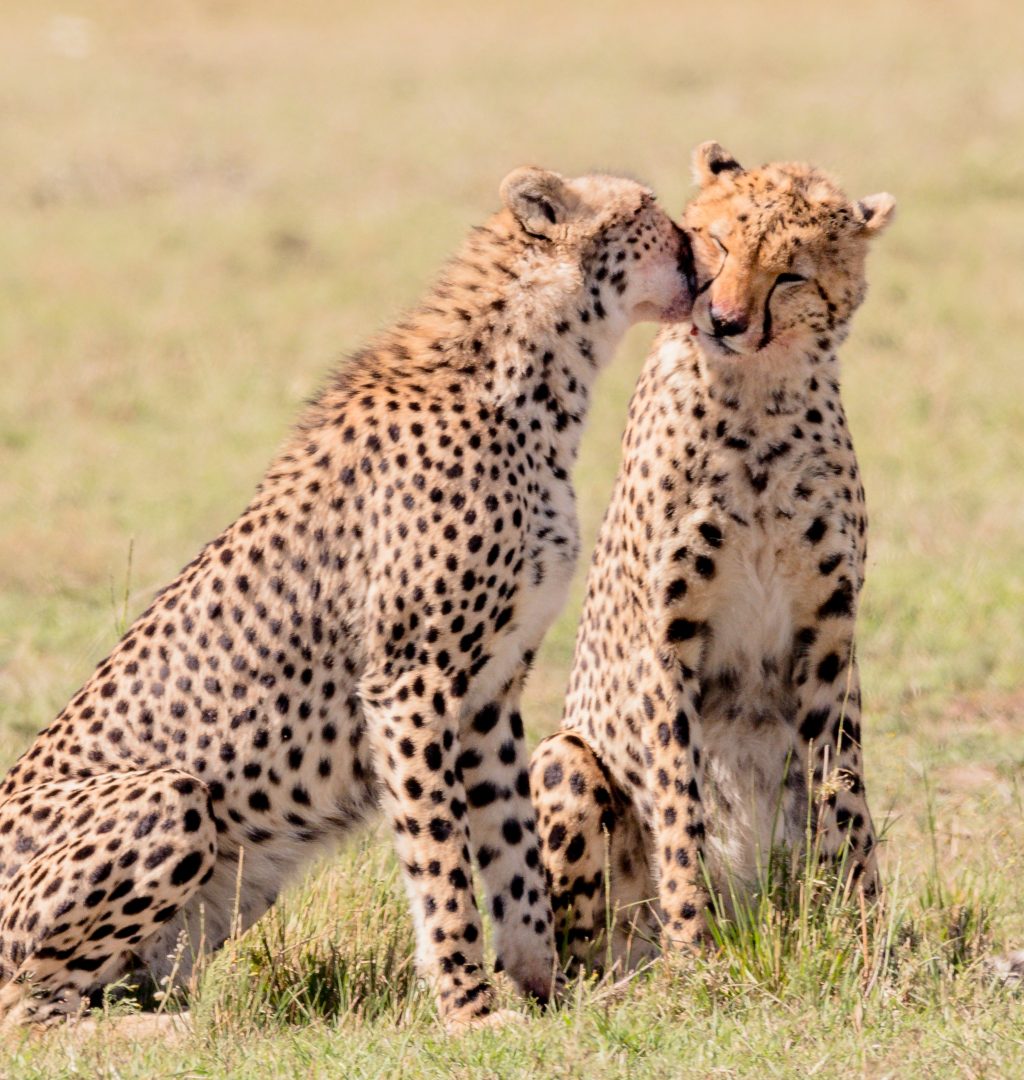This post is also available in Dutch.
We live in a world full of shapes and patterns. From cheetahs’ coats to zebras’ stripes, patterns can be beautiful and complex, and their genesis has been a mystery for decades. For many years, biologists couldn’t really answer this question due to the difficulty of observing them at a molecular level. A breakthrough came in 1952, not from the field of biology but from a mathematician: Alan Turing.
Who was Alan Turing?
Alan Turing was a British mathematician and logician who made major contribution to mathematics, logic, mathematical biology and the areas of knowledge that are known as computer science and artificial intelligence. He is mostly known for decrypting German messages created by their Enigma machine (used to send messages securely) during World War II.
Interaction between nature and mathematics
The great mathematician thought in depth about the relation between nature and mathematics; in the last paper before his death, he set out the fundamental basis of mathematical biology by finding equations that describe the nature’s mechanisms behind pattern’s formation.
How patterns are made
In his paper, Turing proposed that regularly repeated patterns in biological systems are generated by a pair of morphogens (chemicals moving and interacting with each other) that work together as activator and inhibitor. To explain this phenomenon, Dr. Natasha Ellison (researcher at Sheffield University) says: “Imagine that a cheetah’s coat is a dry forest with chemical “fires” (the activator) breaking out all over. Simultaneously, firefighting (inhibitor) chemicals of a second type work to surround and contain these fires, leaving charred patches – or spots – in the furry landscape.
Importantly, for patterns to be created, the speed of the firefighting inhibitor chemical must be faster than that of the spot-creating activator chemical. If it is too slow, and the activator chemical will dominate, leading to uniform color.”
Helped by modern computers, scientists have finally demonstrated that Turing’s equations can be used to mimic not only two-dimensional patterns in nature like fingerprints, but also more complex systems like mussels beds.
Unfortunately, Alan Turing did not live to see the value of his work recognized. After admitting to homosexuality in 1952, then a crime, he suffered persecution. Yet, his approach of using mathematics to understand our biological world is still critical in the field today. To understand complex biological systems from single cells to human bodies, merely characterizing the individual molecules involved is not sufficient: we need to understand the interactions between these molecules and the biological and biochemical pathways. Mathematical models help researchers to develop hypotheses on how the disruption of these regulatory processes may lead to the development of diseases and to assess the eligibility of novel molecules as medical treatments.
Author: Francesca
Buddy: Rebecca
Editor: Ellen
Translator: Wessel
Editor translation: Marlijn
Picture credits to Hari Nandakumar from Unsplash
